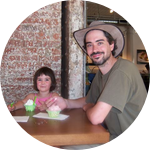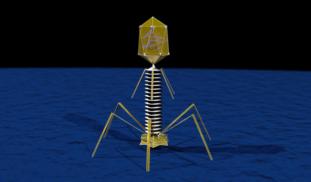Please wait...
About This Project
Viruses do more than just make us sick. Viruses are the most numerous organisms on the planet and they are everywhere, including soil. In the soil they can infect bacteria and other organisms that carry out important ecosystem functions, like nutrient cycling. It is likely that viruses have important effects on ecosystems, but we don't know exactly what that is! We hope to discover the role of viruses in the soil by identifying the viruses in a soil ecosystem.
More Lab Notes From This Project

Browse Other Projects on Experiment
Related Projects
Using eDNA to examine protected California species in streams at Hastings Reserve
Hastings Reserve is home to three streams that provide critical habitat for sensitive native species. Through...
City smart: Are cities making birds smarter?
One cannot go to Florida and miss the White Ibises roaming golf, park and private lawns. But how does a...
How do polar bears stay healthy on the world's worst diet?
Polar bears survive almost entirely on seal fat. Yet unlike humans who eat high-fat diets, polar bears never...




